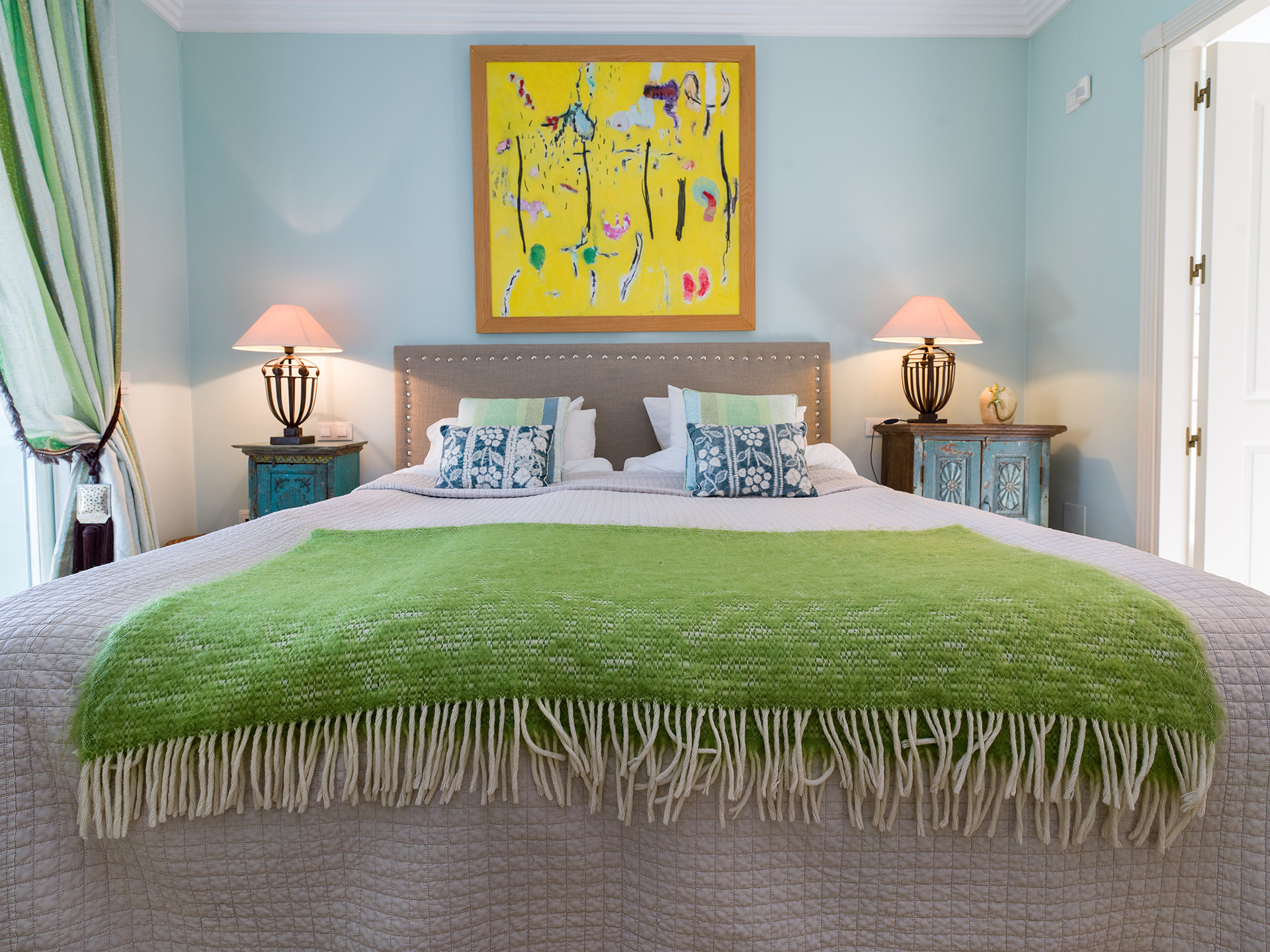danlindberg
Well-known member
Greg, I have worked with shift photography for my interiors for many years. Main setup has been Rodie 32 + Alpa Max + Credo 60 back. Not extremely wide for interiors, but both me and my clients have been satisfied with truthfulness of perspective and feel of size. (always had the option to flatstich for a wider angle of view) Just about every exposure with shift involved. It has been fundamental to my photography.
I do not have this setup anymore. Long story and not relavant here, but I have been forced to build a setup around a Hasselblad X1D. I invested in a XCD 21 and have had it for less than two weeks. I have completed three assignments with this combo. A Profoto A1 for fill.
Do I miss shift. Hell yes. If I put this new combo at my usual height, I need to point it downwards for logical composition and obviously perspective falls drastically and simply looks terrible also after different variations of intelligent post production.
The compromise is to lower height of cam and either shoot perfectly straight or have a very moderate angle of cam pointing off level.
So, it is a different way of attacking a scene. I am certain that there will be many situations where I need to compromise above my own standard, but it is what I have to work with.
On the positive side is that the optical performance of the XCD 21 is exceptional. Critically sharp to the edge of the frame. It is wide enough to give me headroom for adjustments and perspective-cropping in post. And I can expose for outside and use fill-in flash with the A1 at any shutter speed. Not too shabby, really.
Here is an example where before I would most probably have cam higher and a down fall of 5-6mm. Now, I am physically lower and shooting straighter, it works, its a compromise, but in the end few clients can tell the difference!
What I am trying to say is that, when one does not have the 'perfect' setup for a given assignment, one needs to adjust, rethink and make the most of it and think/plan for the whole chain and I am sure that quite often you can come a long way. In other words, if you do not find a good (wide enough) enough shift solution for your S - then maximize your workflow with a fixed superwide!

I do not have this setup anymore. Long story and not relavant here, but I have been forced to build a setup around a Hasselblad X1D. I invested in a XCD 21 and have had it for less than two weeks. I have completed three assignments with this combo. A Profoto A1 for fill.
Do I miss shift. Hell yes. If I put this new combo at my usual height, I need to point it downwards for logical composition and obviously perspective falls drastically and simply looks terrible also after different variations of intelligent post production.
The compromise is to lower height of cam and either shoot perfectly straight or have a very moderate angle of cam pointing off level.
So, it is a different way of attacking a scene. I am certain that there will be many situations where I need to compromise above my own standard, but it is what I have to work with.
On the positive side is that the optical performance of the XCD 21 is exceptional. Critically sharp to the edge of the frame. It is wide enough to give me headroom for adjustments and perspective-cropping in post. And I can expose for outside and use fill-in flash with the A1 at any shutter speed. Not too shabby, really.
Here is an example where before I would most probably have cam higher and a down fall of 5-6mm. Now, I am physically lower and shooting straighter, it works, its a compromise, but in the end few clients can tell the difference!
What I am trying to say is that, when one does not have the 'perfect' setup for a given assignment, one needs to adjust, rethink and make the most of it and think/plan for the whole chain and I am sure that quite often you can come a long way. In other words, if you do not find a good (wide enough) enough shift solution for your S - then maximize your workflow with a fixed superwide!

